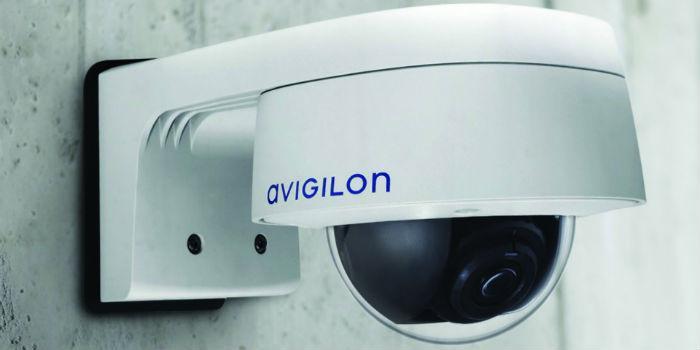 ONVIF has become an important and effective standard for interoperability within the video surveillance industry, and is expanding into other markets as well.
ONVIF has become an important and effective standard for interoperability within the video surveillance industry, and is expanding into other markets as well.
By Travis Gredley*
As the market has evolved, the ONVIF protocol has increasingly become a feature that users expect in new products.
As a full member of ONVIF, Avigilon and its solutions are based on an open platform that enables easy integration with third-party software and hardware, giving users the flexibility to leverage their existing resources and investments. Since 2009, we have used the ONVIF protocol as our standard application programming interface (API) within our video management software (VMS) offering and, with few exceptions, across all of our camera offerings.
Here are four of the main benefits of developing products with ONVIF as a standard protocol:
1. Easier integration with third-party systems
As a provider of end-to-end solutions, Avigilon offers cameras and video management software to the market. Since ONVIF offers a common language that is shared among manufacturers, the use of ONVIF as the main method of integration between our cameras and the VMS makes them compatible with other devices. In fact, in most cases, whether it's for a third-party VMS to connect our cameras or for our VMS to connect third-party devices, no additional development is required. Common features such as video streaming connection and camera settings are already supported. This makes it easy to integrate our solutions with your current system, giving you the ability to leverage your existing resources and investments.
2. Higher quality and shorter time to market
One of the main benefits of using the ONVIF protocol as our standard API is that it allows us to focus resources on one, and not many, APIs, which helps reduce time to market and increase quality. By using the already defined ONVIF specifications, our developers spend their time meeting new market needs and creating differentiated functions, rather than developing proprietary APIs.
3. Stay ahead of the curve with ONVIF protocols
A very widespread mistake regarding the use of ONVIF is to believe that it only offers the most basic functions. In particular, there is a belief that it may take two or more years for a new feature, such as camera-specific configuration options, to be included in an ONVIF profile. At Avigilon, we are aware that ONVIF is much more than just profiles.
ONVIF profiles are based on specifications that are permanently and actively updated to offer new features. These specifications are publicly available on the ONVIF website and can be used by any company that is a member of ONVIF and wants to take advantage of these new feature groups long before they become part of a profile. To help ensure that the most important features are available through ONVIF specifications and profiles, we actively participate in the ONVIF Profile T working group and the ONVIF case study working group.
4. Innovate with ONVIF protocols
A second misconception about using ONVIF is that while it offers a good foundation for common functions, it is not possible to innovate or truly decide when to use it. However, if the ONVIF specifications do not include a particular feature, ONVIF protocols allow us to design bespoke extensions, which can be viewed and used by third-party manufacturers just by extending their existing ONVIF integrations. This makes it easy to realize the value of those differentiating features on whatever platform our customers choose.
Avigilon has benefited from using ONVIF as its standard API, as it allows our customers easier integration with third-party systems while supporting the development of high-quality products with a shorter time to market. The flexibility provided by the ONVIF protocol has contributed to it becoming the interoperability standard of the video surveillance industry, making it something that customers expect from the products, as well as a clear choice for developers.
*Travis Gredley is the Product Manager for Integrations at Avigilon. He is responsible for integrations, APIs, and the adoption of standards such as ONVIF for Avigilon's video management software, cameras, and access control software. Travis currently works in the ONVIF Profile T and Use Case working groups.

























Leave your comment